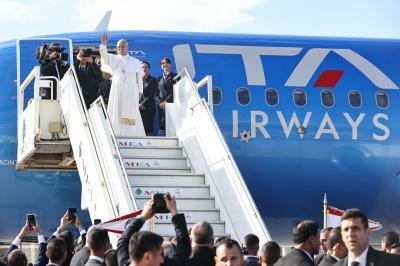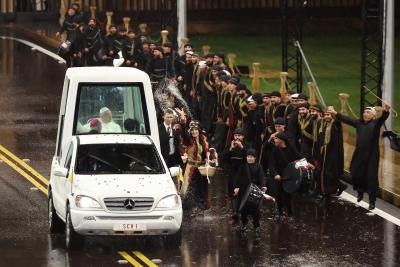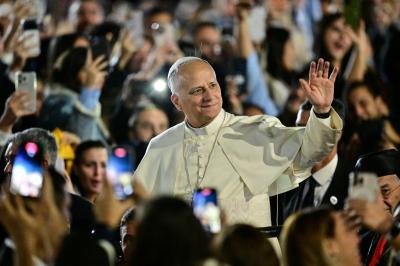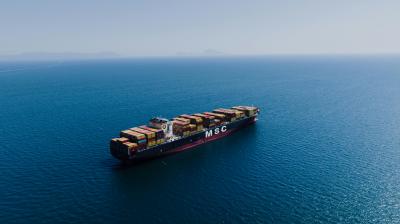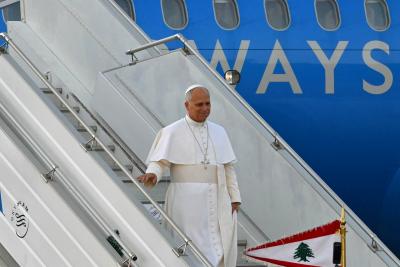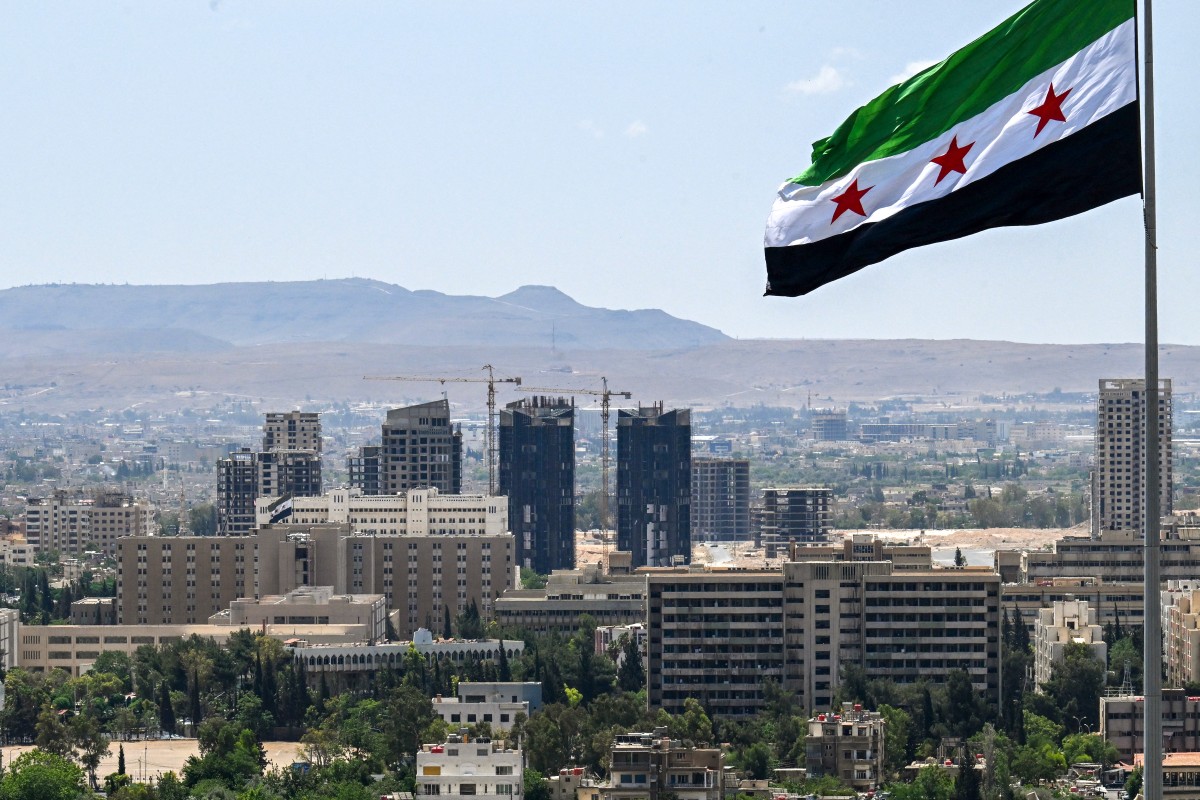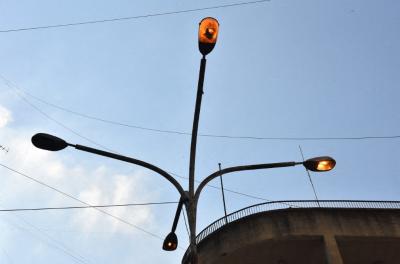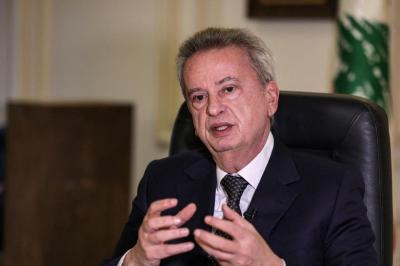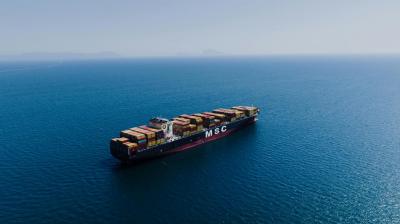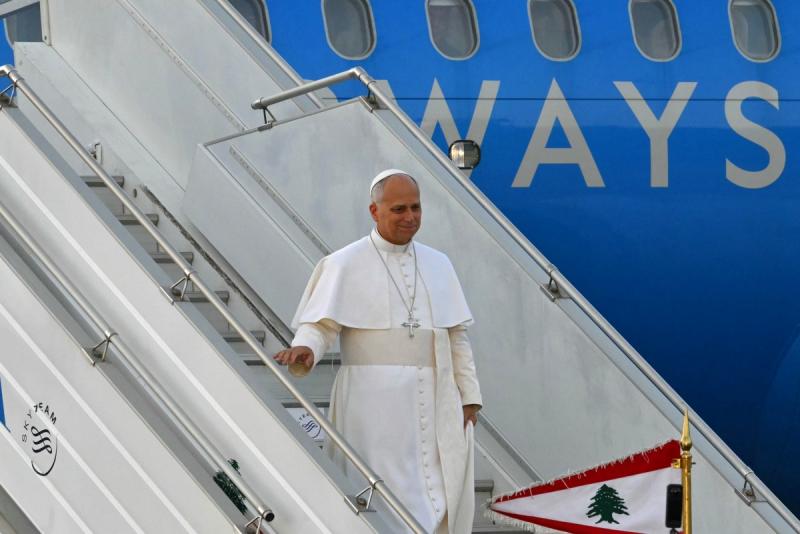Alain Atassi is a Franco-Syrian investment banker and Middle East expert.
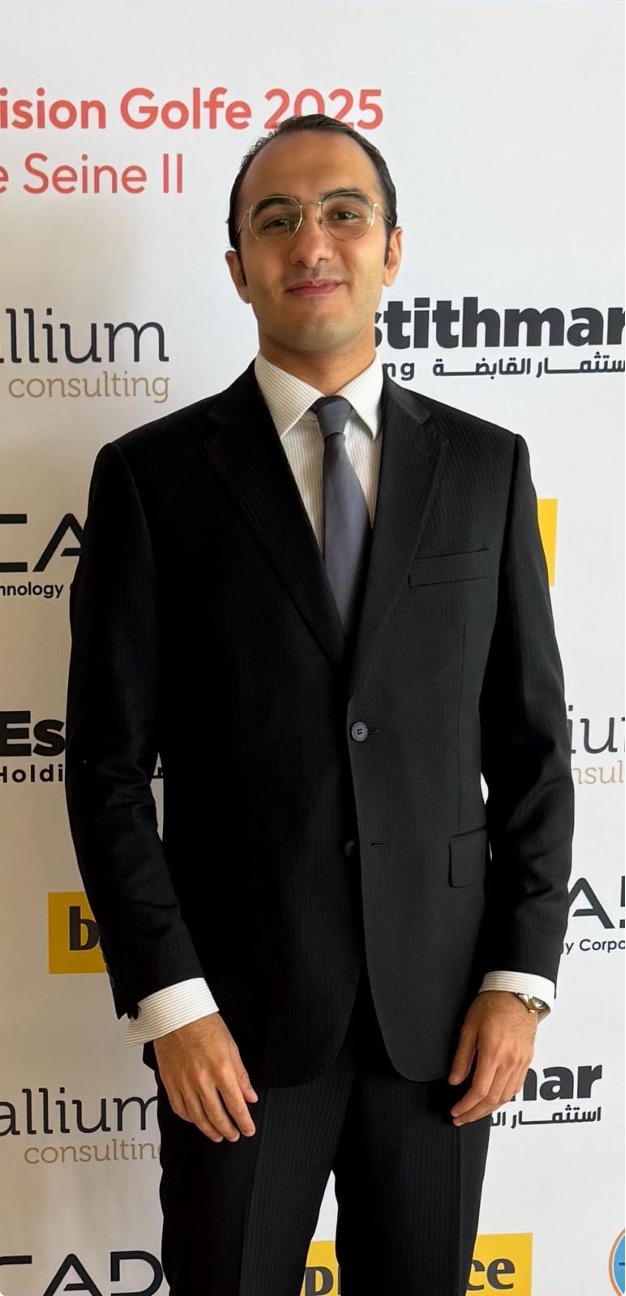 Alain Atassi
Alain Atassi
In the Middle Eastern conflict, what role does Syria and its president Ahmad Al Sharaa play? The ceasefire between Israel and Iran seems fragile. Did Israeli jets fly over Syrian territory to strike Iran?
As a historic pivot of the Near East, Syria today plays a stabilizing role in a region under intense pressure. Since 2024, under the presidency of Ahmad Al Sharaa, the country has pursued a strategy of diplomatic openness, economic liberalism, and strengthened sovereignty. Amid the Israeli-Iranian escalation, Syria has maintained strategic neutrality. However, in June 2025, Israeli fighter jets flew over Syrian airspace to target Iranian-linked sites in Deir ez-Zor and Palmyra, without Damascus's consent—an act that violated the UN Charter. Syria condemned this as a serious breach of its territorial integrity and refused to allow any party to use its land as a battleground.
Can it be said that President Al Sharaa has drawn closer to the United States and Israel?
President Al Sharaa is pursuing pragmatic normalization—without automatic alignment and without abandoning Syria’s historical principles. In January 2025, he met with European officials and President Trump in Riyadh during the official announcement of the lifting of U.S. sanctions. The talks focused on counterterrorism cooperation and the return of Syrian refugees. No official contact has taken place with Israel, though indirect channels have reportedly been opened regarding the Golan Heights, Syrian territory occupied since 1967. Israel has meanwhile intensified its strikes on Syria, causing 92 deaths—including 52 civilians—between 2024 and 2025, while continuing its illegal settlement expansion in the Golan and diverting water from the Yarmouk and Jordan rivers. These actions have exacerbated environmental and food crises in southern Syria, in violation of international law. In response, President Al Sharaa has emphasized multilateral diplomacy and resilience, calling for a resolution based on the return of occupied territories and respect for sovereign borders.
What is the current political situation in Syria? Are Alawites still being targeted? A new massacre of Christians has reportedly occurred in Damascus…
Syria is experiencing relative calm with the gradual return of peace. Legislative elections are scheduled for September 2025 to consolidate the democratic dynamic and ensure a stable legal framework. The Syrian government says it is committed to protecting all religious and ethnic communities, in the spirit of national unity. For millennia, Syrians—Muslims, Christians, Druze, and Alawites—have lived side by side in mutual respect. This pluralistic social fabric has only been destabilized by foreign interference that has weaponized identity divisions for geopolitical gain.
However, on June 22, 2025, a suicide bombing at the Mar Elias Church in Damascus killed 25 people and injured more than 100. Security forces quickly dismantled a cell affiliated with ISIS. According to some analyses, the attack may have been an indirect attempt by Iran to pressure Washington, Tel Aviv, and Damascus by stirring the threat of regional instability through armed militias.
Two million refugees and internally displaced persons have returned to Syria. Where are they coming from? Can the economy handle it?
Between 2022 and 2025, more than 2.1 million displaced or refugee Syrians have returned—mainly from Turkey, Lebanon, Jordan, and other parts of Syria. The return of 2 million displaced Syrians from Lebanon depends on the unfreezing of approximately €40 billion in Syrian assets held in Lebanese banks, which have been inaccessible due to Lebanon’s banking collapse and financial crisis. A Syrian creditors’ association has been formed to pursue legal action against the Lebanese state and banks.
While the Syrian government has allocated around €100 million toward reconstruction and agricultural support, the economy remains fragile: unemployment is at 38%, inflation at 45%, and the trade deficit is worsening due to past sanctions. To confront these challenges, Syria has launched a four-year National Resilience Plan that aims to create 400,000 jobs, rebuild 125,000 housing units, and revive key sectors such as textiles in Aleppo, food processing in Homs and Hama, and phosphates in Palmyra.
Are the Kurds of northwest Syria returning? What is their situation?
Since the dissolution of the PKK in Syria and Turkey, and following an agreement signed in April 2025 between Damascus and the Syrian Democratic Forces (SDF), President Al Sharaa has actively encouraged Kurdish families to return to the northwest. More than 14,000 families have returned to Tall Rifaat, Kobani, and Afrin since 2024. Still, the region faces major obstacles: persistent drought, unemployment exceeding 48%, and the destruction of around 60% of its infrastructure, which hampers recovery.
To address these issues, the Syrian state has allocated €22 million to an ambitious agricultural rehabilitation plan, allowing 3,500 hectares of land to be brought back into cultivation and supporting 2,800 rural families. Additionally, an electrification program aims to reconnect 38 Kurdish villages to the grid by the end of 2025. The government reiterates that every Syrian—including the Kurds—has a role in the national reconstruction effort, reflecting a deep commitment to unity and inclusion.
What is the state of the Syrian economy? Are traditional sectors starting to function again?
In 2025, Syria is showing signs of economic recovery, with projected growth at 2.3%, driven by dam rehabilitation and industrial revitalization. In Aleppo, 250 textile factories have reopened, generating 12,000 jobs. The pharmaceutical sector now meets 65% of domestic needs. A strategic $7 billion contract has been signed with a Qatari-Turkish-American consortium to modernize the power grid and boost output by 5 GWh.
The CMA CGM Group, led by Franco-Syrian businessman Rodolphe Saadé and the company’s founder, is investing $150 million to relaunch a maritime line between France and the port of Latakia, the group’s historical home. This project symbolizes Syria’s reemergence on the regional economic stage. Additional partnerships have been established in the textile, agrifood, and medical sectors. Many foreign firms are entering the Syrian market, attracted by tax incentives and the enormous potential of the reconstruction economy.
Will financial ties between Damascus and major U.S. banks be restored?
On June 19, 2025, Syria completed its first international banking transaction via SWIFT since 2011—a key step toward reintegration into the global financial system. Talks are underway with major American banks to establish bilateral relations. Following the reopening of the Damascus Stock Exchange on June 2, 2025, the governor of the Central Bank of Syria announced the upcoming opening of branches of U.S. banks in the country. This will facilitate access to international credit, enable remittance transfers (currently totaling $4 billion annually), and help stabilize the Syrian pound.
President Al Sharaa described these developments as “measured steps toward economic peace and poverty reduction,” asserting that the dignity of the Syrian people is also tied to its nuclear sovereignty.
What do you mean by Syria’s “nuclear sovereignty”?
Following recent remarks by IAEA Director General Rafael Grossi, it is important to clarify that when President Al Sharaa speaks of “interest in exploring nuclear energy in the future,” it is neither a threat nor a regional provocation. Rather, it is a reaffirmation of the sovereign and inalienable right of every modern nation to control the strategic levers essential to its own security—including, in the long term, those related to nuclear energy, whether civilian or military—without foreign interference.
Please post your comments on:
comment@alsafanews.com
 Politics
Politics
